‘Workflow Automation with Microsoft Power Automate‘- A Strategic Blueprint for CIOs, CTOs, and IT Leaders in Small and Mid-Sized Enterprises
In today’s hyper-connected, digital-first world, small and mid-sized enterprises (SMEs) are under constant pressure to do more with less. Whether it’s reducing operational costs, streamlining internal processes, or accelerating digital transformation, IT leaders are expected to lead the charge. For CIOs, CTOs, IT Managers, and VPs of IT in SMEs across the USA, UK, and Europe, Microsoft Power Automate offers a robust, scalable, and low-code solution to transform the way business processes are managed.
This blog serves as your ultimate guide to workflow automation using Power Automate—demystifying its capabilities, showcasing real-world applications, and offering strategic insights for implementation.
Why Workflow Automation Matters for SMEs
Manual workflows drain resources, introduce errors, and slow down decision-making. For SMEs operating with lean teams, these inefficiencies can be especially detrimental. Workflow automation:
- Reduces human error and manual dependency
- Improves productivity by freeing employees from repetitive tasks
- Enhances agility, enabling faster responses to business demands
- Cuts costs, both in terms of time and overhead
Power Automate democratizes automation. It empowers both technical and non-technical staff to automate complex workflows without writing a single line of code.
What is Microsoft Power Automate?
Microsoft Power Automate is a cloud-based service that enables users to create automated workflows between Microsoft 365 apps and third-party services. It supports everything from simple task automation to complex enterprise-level integrations and robotic process automation (RPA).
Core Capabilities:
- Cloud Flows: Automate across cloud apps like SharePoint, Teams, Dynamics 365, Outlook, and more.
- Desktop Flows (RPA): Automate legacy applications and desktop processes using UI automation.
- Process Mining: Analyze and visualize process bottlenecks to optimize operations.
- AI Builder Integration: Add intelligence to workflows with prebuilt AI models like invoice processing, sentiment analysis, and object detection.
Workflow Automation with Microsoft Power Automate– Common Use Cases for SMEs
Here are practical, high-impact areas where SMEs are seeing success with Power Automate:
1. Invoice and Purchase Order Approvals
Automate the routing of purchase orders and invoices for approval across departments. Integrate with Dynamics 365, SharePoint, or external ERP systems for seamless processing.
2. Employee Onboarding and Offboarding
Trigger automated checklists, send welcome emails, assign training modules, and provision access rights via Active Directory—all through a unified flow.
3. Customer Support Workflows
Automatically log support tickets from emails, assign them to the right team based on content, and notify customers of updates via Teams or email.
4. Sales Lead Tracking
Integrate with CRM systems to assign leads to sales reps, track status updates, and send timely follow-ups.
5. Document Approvals and Sign-offs
Route contracts, policies, and reports for multi-level approvals. Use e-signature integrations like Adobe Sign or DocuSign to finalize documents.
Strategic Benefits for IT Leadership
For IT leaders in SMEs, Power Automate isn’t just a tool—it’s a strategic asset.
✅ Low-code, High Impact
Even with limited development resources, IT can empower business units to build their own flows under governance, reducing backlog.
✅ Governance & Security
Leverage Microsoft’s robust security model, Data Loss Prevention (DLP) policies, and centralized monitoring via the Power Platform admin center.
✅ Scalability
Start with one department or process and scale across the enterprise. Power Automate grows with your needs.
✅ Integration-First Architecture
Power Automate connects with over 1000+ connectors including Salesforce, SAP, Oracle, Dropbox, Google Drive, and more.
Implementation Roadmap: 6-Step Strategy
A successful Power Automate adoption requires more than just creating flows. Here’s a strategic approach:
1. Identify High-ROI Opportunities
Begin by analyzing processes that are repetitive, time-consuming, and prone to errors. These are your low-hanging fruits.
2. Engage Stakeholders
Collaborate with department heads and end users. Document pain points and define success metrics early.
3. Start with Pilot Projects
Run a few pilot automations in HR, Finance, or Operations. Keep them simple to gain early wins and build confidence.
4. Establish Governance
Define who can build flows, how data is handled, and set up a Center of Excellence (CoE) for automation.
5. Enable Citizen Developers
Train business users to build and maintain simple workflows. Use templates, tutorials, and internal forums to share knowledge.
6. Monitor & Optimize
Use Power Automate analytics to track flow runs, errors, and performance. Continuously optimize for speed, accuracy, and cost.
Real-World Example: European Manufacturing SME
A mid-sized manufacturing firm in Germany automated their purchase requisition process using Power Automate and SharePoint. The result?
- 75% reduction in approval time
- Fewer email threads and lost documents
- Improved visibility into procurement workflows
- Zero code involvement from IT after initial setup
By expanding this framework to HR and operations, they saved over 1,000 work hours annually.
Power Automate vs. Traditional Automation Tools
| Feature | Power Automate | Traditional Tools |
| Setup Cost | Low | High |
| Learning Curve | Low-code | Requires developers |
| Integration | 1000+ connectors | Limited or custom-coded |
| Cloud-Native | Yes | Mostly on-premise |
| Scalability | Easy to scale | Complex to scale |
Cost Considerations for SMEs
Microsoft offers flexible licensing:
- Per User Plan: Ideal for companies with a few power users.
- Per Flow Plan: Suitable for high-usage, organization-wide flows.
- Included with Microsoft 365: Many standard flows are available without additional cost.
Your Microsoft licensing partner or CSP can help you optimize based on usage patterns.
Best Practices for Long-Term Success
- Document all workflows
- Use environment separation for dev/test/prod
- Limit sprawl by reviewing orphaned or unused flows
- Integrate with Power BI for end-to-end visibility
- Review connectors regularly for compliance/security
Final Thoughts
For CIOs and IT leaders in SMEs, Power Automate represents a paradigm shift—a way to bridge the gap between business needs and IT capacity. It empowers organizations to modernize internal operations, create a culture of continuous improvement, and remain competitive without large-scale investments in infrastructure or talent.
By strategically adopting workflow automation, you’re not just optimizing processes—you’re future-proofing your enterprise.
Ready to Automate?
Whether you’re just starting or scaling automation across your organization, Microsoft Power Automate is the smart, scalable solution to transform how your business works.











